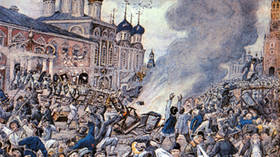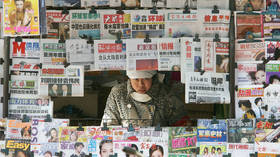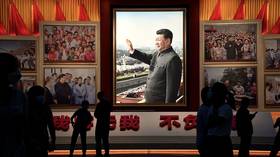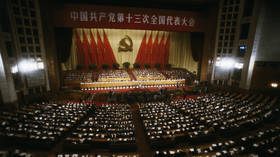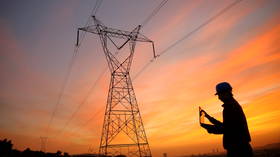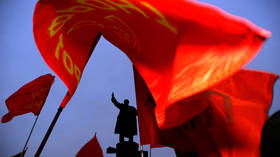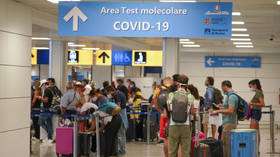Faced with a new wave of Covid, China is opening its borders – was Beijing left with no other choice?
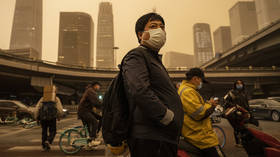
Despite the world’s concerns over a new wave of the coronavirus pandemic, Beijing has no choice but to open up. The notorious ‘zero-Covid’ policy is no more. After three years of harsh quarantines, China is finally returning to normal life and opening its borders. The Asian giant will no longer impose sudden lockdowns.
Since 2020, the Chinese people have been living under the constant threat of new outbreaks and uncompromising government actions that were hurting both livelihoods and the quality of life.
The rules were changed only recently, following a series of protests that swept the country. A tragedy provoked a public outcry, after which people took to the streets and clashed with police. After all of that, the government announced that it was canceling most of the restrictions. China is finally on its way back to the pre-pandemic normal.
However, while locals are celebrating, the rest of the world is concerned. Many media outlets and experts state that we might now be on the brink of another global pandemic that will quickly spread beyond China’s reopened borders.
The question is: were the authorities so alarmed by the protests that they decided to suddenly change their policy and ignore the global threat? Or was the widespread discontent merely the last straw that made changes come about sooner?
The well-meaning crackdown
Methods of fighting the pandemic varied across the globe. Some countries remained under lockdown for just two or three months, whereas others decided to open up much later. Yet China chose arguably the most aggressive strategy to protect itself against the virus.
The zero-tolerance policy had many nuances and intricacies. Yet its main goal can be summarized as “eliminate even the possibility of the virus spreading by any means necessary.” The elaborate monitoring system was based on health codes assigned to each Chinese citizen, as well as to foreigners entering the country.
Health codes acted as a sort of digital ID that included data about the individual’s travel history, residence, and medical records. It also displayed one of the three risk levels: green, yellow, or red. Green means ‘safe’, yellow indicates that the person might have been in contact with someone who was infected or comes from a region with a high infection rate, and red means that the person almost certainly carries the virus. The system was far from perfect, yet it helped limit the spread of Covid and allowed the authorities to track possible hotspots of the pandemic.
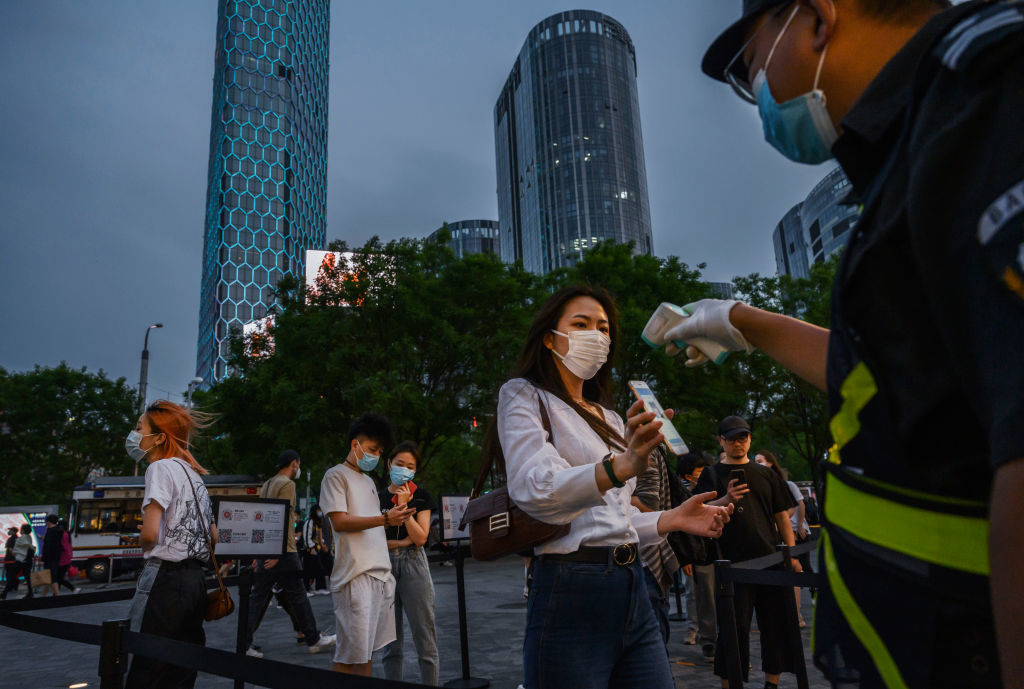
People in big cities usually had to get tested every few days to keep their health codes green. And if their test result was positive – or, in some cases, if they were in contact with an infected person – many had to immediately go to the hospital or to a quarantine center, whether they wanted to or not.
Lockdowns could be issued at different levels, from a single city district to a whole region. However, since local authorities were directly responsible for the spread of the virus and often lacked specific instructions, they preferred to err on the side of caution and issued lockdowns freely. Over the last two and a half years, at least 100 Chinese cities have experienced partial lockdowns.
Life was, obviously, hard, yet the government invested heavily in making the conditions at least bearable. People under lockdown had food and other essential goods delivered to them for free. Residences in quarantine centers came with decent furniture and a TV. People even had snacks and packs of fruit provided to them. In 2020 alone, China spent over $60 billion on its fight against Covid. It would go on to spend much more.
Whether this strategy was absolutely necessary might be up for debate. Yet it is hard to deny that the Chinese government managed to keep the number of deaths from Covid remarkably low. According to the official data, only three people per million died from the virus. Even major Western media outlets, such as The New York Times, which tend to criticize the Chinese authorities, acknowledge this fact. So, at least as far as numbers are concerned, the zero-tolerance policy was working as intended.
Reasons to be harsh
There are also specific reasons for that severity. The main issue is population density. In 2021, China ranked only 85th on the list of countries with the highest population density, with 149 people per square kilometer. However, this is just a mean average.
While some regions, such as Qinghai or Xinjiang, have very low population densities, in other places, such as Shanghai or Guangdong, it can be as high as over 2,000 people per square kilometer. An uncontrolled spread of disease in these areas, where people live in such close quarters, would have been devastating.
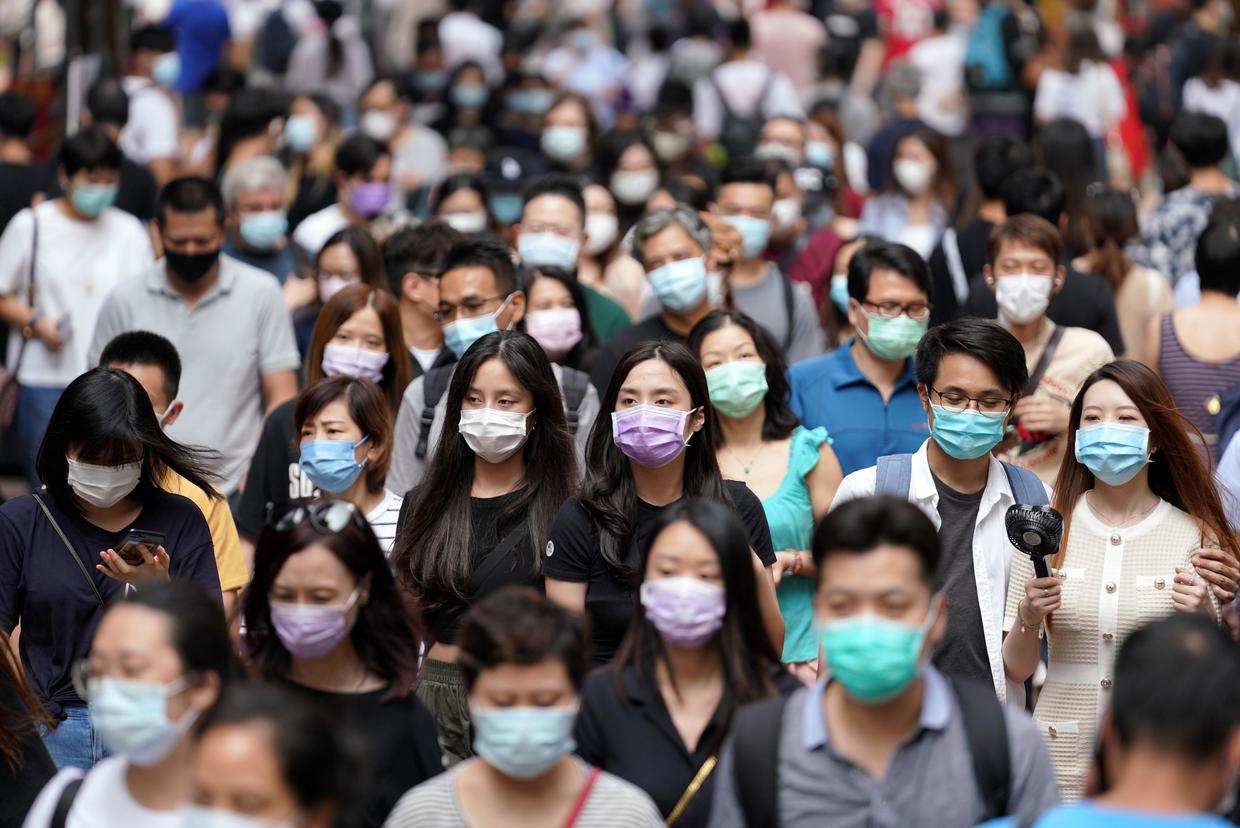
And it wouldn’t have stopped there. China has a high rate of internal migration. Around 376 million people move to different cities or provinces each year. They travel for new jobs, new homes, to be closer to their families, etc. And any of them could carry the virus.
Still, this is nothing compared to the world’s largest annual migration – which happens around the time of Spring Festival – or, as it is called in some parts of the world, the Chinese New Year. This is a time when people from all over the world come to Asian countries to take part in the traditional celebrations and see their families.
If the scale of these travels had not been limited, the virus's spread would have been disastrous.
In 2019, around 3 billion trips were made in the holiday season. The lion’s share of this traffic was between different regions of China.
Covid was especially difficult for China due to its high population density and the movement of hundreds of millions of people. Faced with a choice between comfort and national security, the government chose the latter. This prevented many deaths and disasters. Yet it also created new problems.
How the last straw fell
The lockdowns were, obviously, never popular among the Chinese. Many people refused to follow the strict social distancing rules, resisted arrests and spoke out against the restrictions on social media.
Yet in 2022 the discontent reached a new high. The belligerenсу started in spring, during the infamous Shanghai lockdown. On February 28, the whole city shut down, thus confining 26 million people to their homes, while thousands were regularly being taken to hospitals or quarantine centers, whether they wanted to go or not.
At first the lockdown was only supposed to last for one month. However, the virus kept spreading, so Shanghai remained closed until June 1.
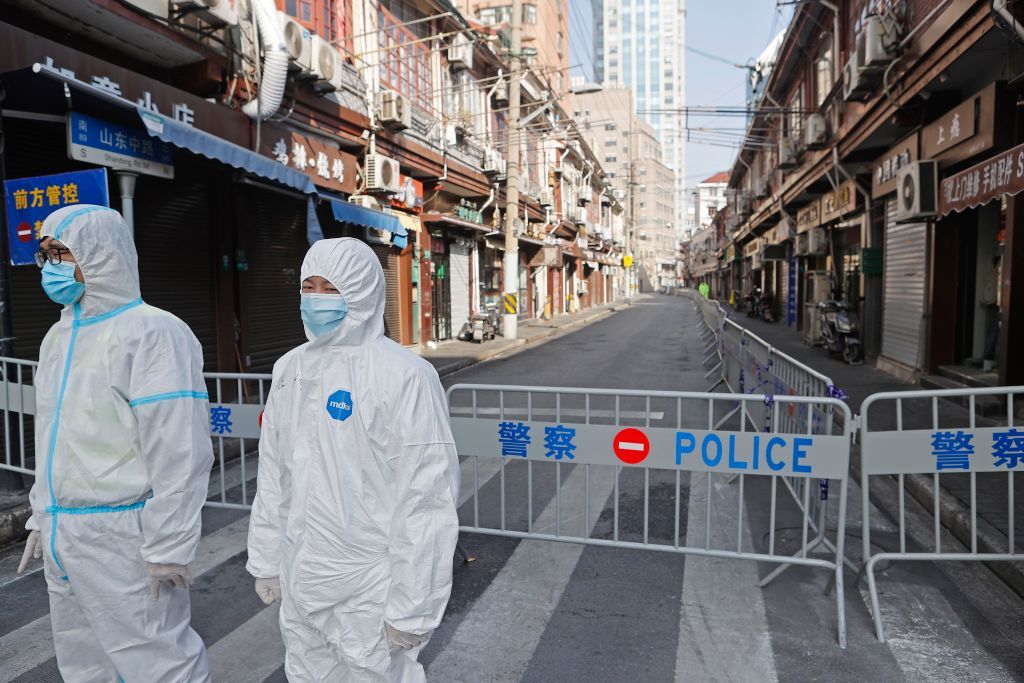
Eventually the metropolitan city was even hit with food shortages. People complained online that they couldn’t get enough food, while some even screamed at the police that they were starving.
Others just went to their balconies or opened their windows to sing or simply scream to vent their frustrations. Local authorities dispatched drones with loudspeakers to urge people to protect themselves from the disease and close their windows.
Some residents broke out of their buildings, breaking barriers that were put outside, and then tried to evade the police or openly clashed with law enforcement.
The hospitals were overwhelmed. Some people reportedly died because they could not get medical assistance since they did not have Covid.
The lockdown was also heavily criticized online, not only in Shanghai but all over the country. Social media users reposted videos that explained the damage and misery that the lockdown brought and shared songs with ‘rebellious’ lyrics. The most popular songs included ‘Do You Hear The People Sing’ by Les Miserables, which was also often played during the 2019 Hong Kong protests.
Despite the widespread discontent and the many separate cases of disobedience, full-scale protests did not materialize. The lockdown ended in June, and things went back to normal. For a time.
Like many infectious diseases, Covid tends to die down in the summer. When it gets colder in autumn, the virus comes back stronger.

In August, the number of new cases registered in a single day hit 1,000 again and began growing steadily. As temperatures dropped, the virus made its way from the northern regions to the most populous southern provinces.
In late October, the Shanghai authorities ordered mass testing of the 1.3 million residents of the Yangpu district and temporarily confined them to their homes. Rumors of another city-wide lockdown started circulating, scaring people and building up tensions. One man even gave a speech in his residential building, stating:
Give me liberty or give me death!”
In November, the number of new Covid cases started climbing even faster. By the end of the month, over 30,000 new infections had been reported. A number of new strict lockdowns were announced. That is when the tragedy struck.
The backlash of the white paper sheets
On November 24, a fire started in a residential building in Urumqi, the capital of Xinjiang region, which had been under lockdown for over 100 days. The exact reasons for the incident remain unclear, yet it is widely believed that roadblocks had prevented firefighters from extinguishing the fire in time. Because of the lockdown, the building was packed. Ten people died and nine were injured.
This was not the first lethal accident that happened because of a quarantine. Back in September, a bus carrying people to a Guizhou quarantine center crashed, killing 27 people. However, the Urumqi fire happened exactly at the wrong time and became a catalyst for unrest.
The new wave of group protests started in southern and central China, with memorials for the victims of the fire appearing in Nanjing, Xi’an, and Shanghai. People took to the streets. Some held vigils with candles, while others broke tents and booths for Сovid testing.
Many protesters held white sheets of paper instead of traditional placards and signs, following the example of the students of Nanguang College. It was both a statement against censorship and a sign of respect for the dead – white is the traditional color of mourning in China. The white sheets soon became one of the symbols of the protests.
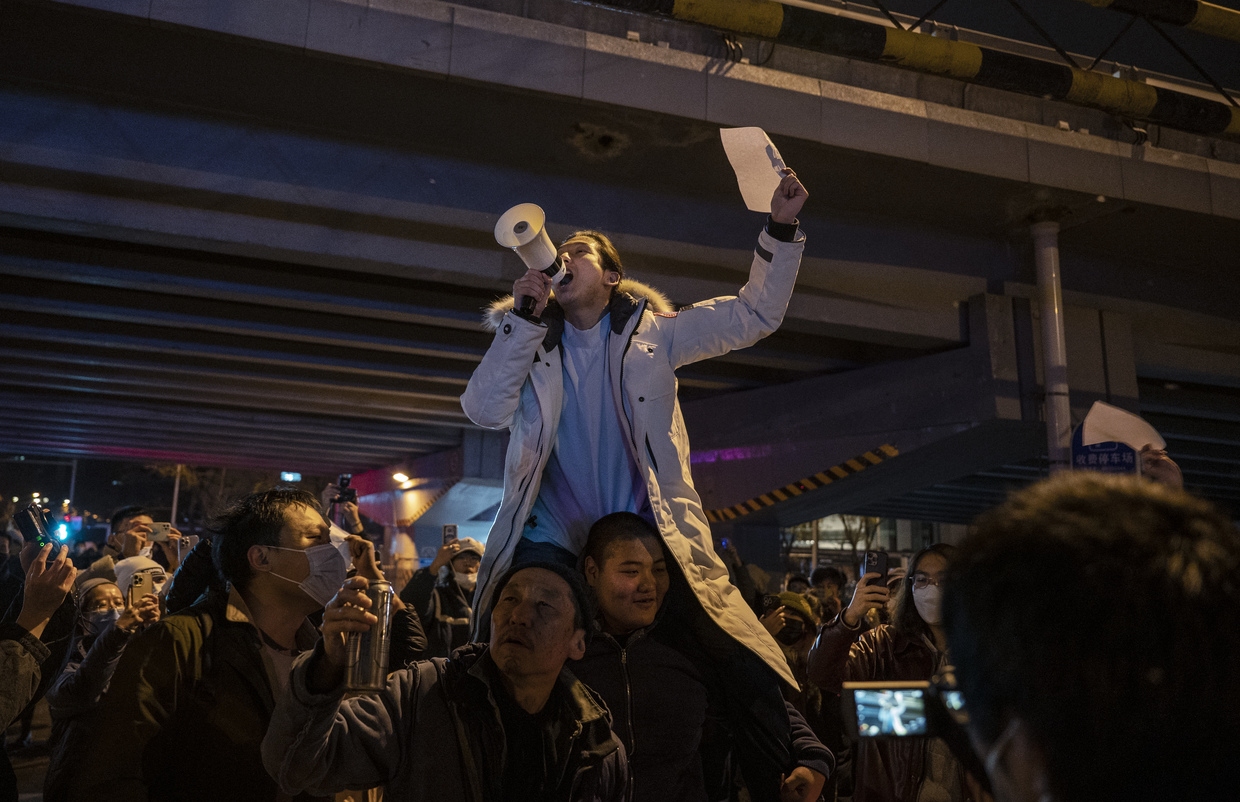
The discontent soon turned violent. Protesters clashed with the police, riot shields were brought out, and equipment and private property were damaged or destroyed. The exact number of injured and detained remains unknown.
By the end of the week, the unrest had swept through major cities across the country. The demands became more political. Some protesters called for reforms of the Communist Party and even for the resignation of Xi Jinping. In Chengdu, people chanted “we don’t want lifelong rules and lifelong emperors.”
Finally, on December 7, the protesters got what they wanted. The authorities issued new guidance on disease control, which included most of what the people wished for: the abolition of health codes, less frequent testing, shorter and less frequent lockdowns, the ability to stay at home instead of going to a quarantine center, etc.
Protesters dispersed to celebrate in reopened bars, cafes, ski slopes, and so on. Social media was abuzz for a few days, but then everything was quiet once again.
Is this the success of the protest?
At first glance, it might seem obvious that the government ‘caved in’ under pressure and changed the rules just to avoid further unrest. While this is a reasonable assumption, things are not so simple.
First of all, many media outlets tend to blow the scale of the protests out of proportion. The clashes between citizens and the police were concerning, yet this is nothing that China has not seen before. The discontent was widespread, and the real number of people involved is difficult to determine, yet the localized, brief clashes don’t come close to the long and violent protests in Hong Kong, which bordered on guerilla warfare. In 2019, protesters choked on tear gas and were shot with rubber bullets. That conflict was much more noticeable and concerning, and it still didn’t really change Chinese politics.
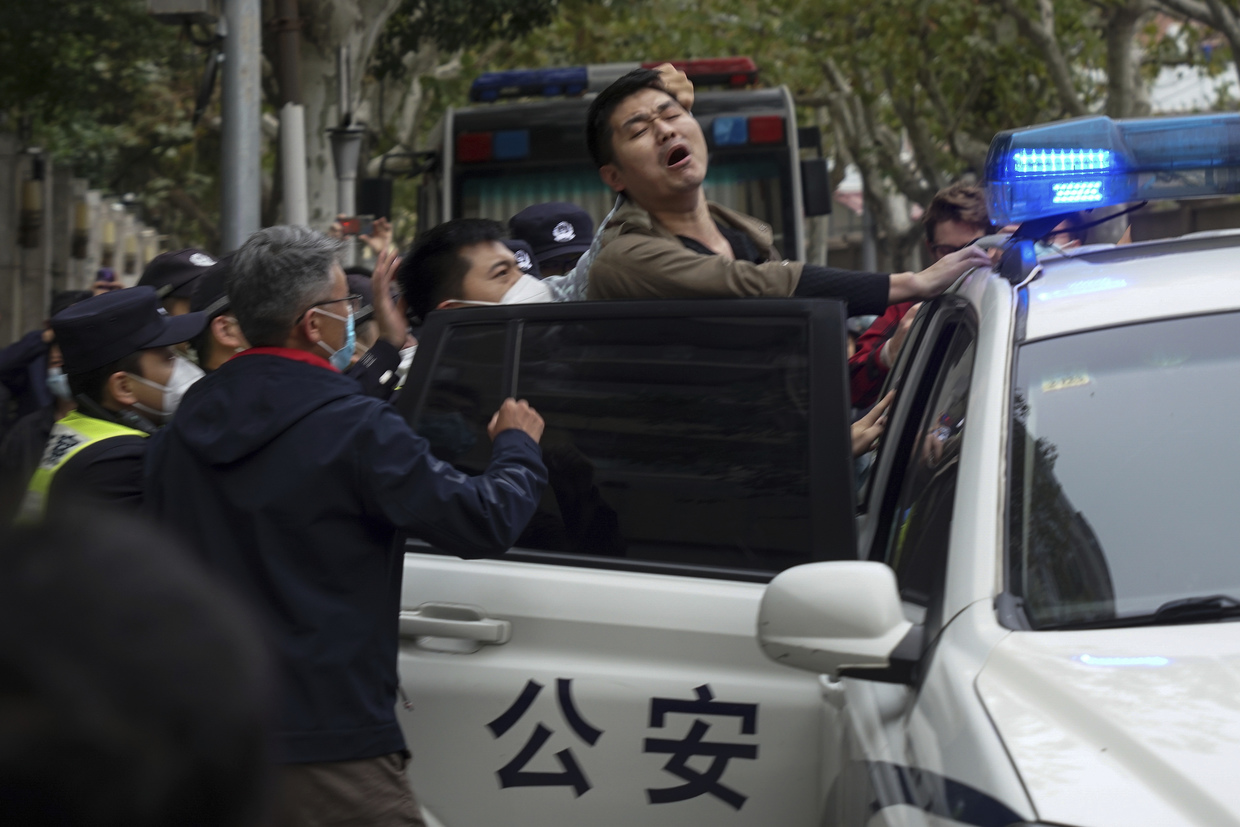
The demands of the citizens are important to the authorities. Yet Chinese decision makers aren’t easily influenced by pieces of white paper and a few fights. Besides, China was already on track to change its policy even before the protests.
On November 2, China’s National Health Commission, which directs the country’s fight against the pandemic, published its ‘20 optimizational measures’, a new and improved set of rules for disease control.
While the Commission stressed that the pandemic was still a threat, it also called for a more measured approach to dealing with it. The document criticized arbitrary crackdowns and forced closures of schools, businesses, hospitals, roads, etc. It said that local authorities should be more responsible and take drastic measures only when truly necessary.
The Commission also pointed out that the situation is changing rapidly and that safety protocols need to be “adaptive and precise” to avoid unnecessary lockdowns and closures of businesses.
This step demonstrated that fighting the pandemic remained the government’s top priority.
The price of health
Despite the long lockdowns, trade conflicts, and global recession, the Chinese economy is still doing relatively well. GDP is climbing, national projects are being completed and large corporations continue to grow. In fact, in 2022 the revenue of Chinese companies on the Global Fortune 500 list surpassed the revenue of their US counterparts for the first time. Of all the money generated by the world’s largest enterprises, 31% went to China.
Nevertheless, things are not as great as they used to be. GDP-wise, China has now found itself on shakier ground. For the past almost 30 years, the country's GDP growth has not fallen below 6% per year. The pandemic changed that, however. In 2020, GDP grew only 2%. And while the next year saw an increase of 8%, in 2022, the Chinese economy grew at just 4.4%.
The energy crisis that loomed over the country for a long time is also being resolved, at least temporarily. Changes in the energy markets made it possible for China to buy more oil, gas, and electricity from Russia at lower prices. The recent deal with Saudi Arabia also strengthens the nation’s energy security.
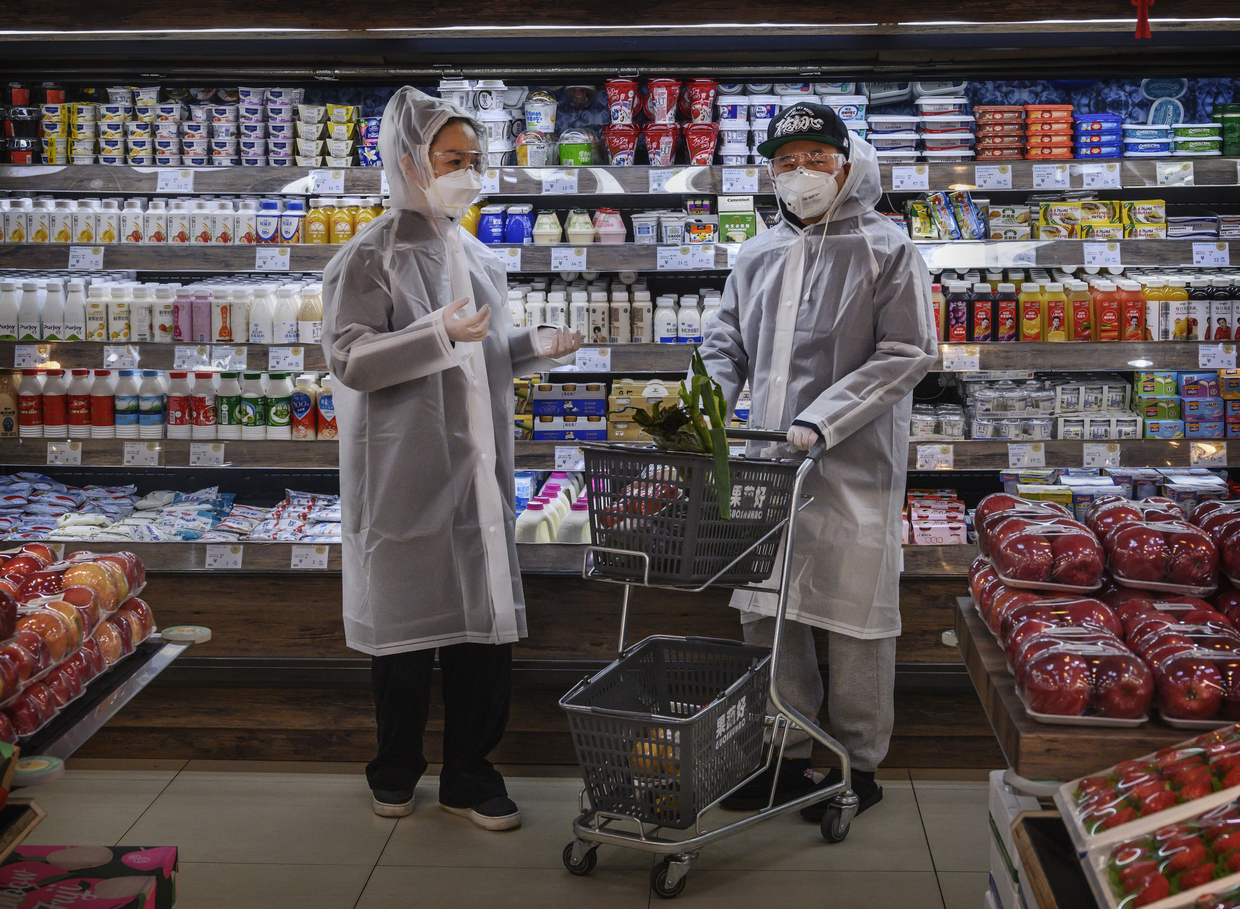
It might seem like everything is great, especially since most of the world is struggling with a recession and growing energy prices. However, the cracks are beginning to show.
Back in July, the Chinese Politburo changed its strategy for 2022. Instead of aiming to achieve the yearly growth goals set earlier, it stated it would instead strive for “the best possible results.” The focus shifted from rapidly expanding the economy to stabilizing it and preserving what’s already been achieved.
These policy changes are not just because of the global recession and instability. They are the result of the major underlying problems that the Chinese economy faces.
One of the big ones is the real estate sector crisis. Real estate and construction have always been important for China: they make up at least 15% of the nation’s economy and play an important role in society. After all, Chinese men are often expected to own a home before they can even consider starting a family.
For a while the market was booming. Demand was high, prices were rising, and new large construction projects were launched. Then, in 2020, everything started to collapse.
Demand dropped sharply. New residential buildings were finished, yet no one wanted to buy the apartments. There are now ghost-towns, with fully built buildings and infrastructure and barely any people living in them.
Large companies were hit hard. The situation became dire when Evergrande, one of the largest developers in China and the whole world, became unable to meet its debt obligations. Given the scale of the company and its loans, some experts warned of “China’s Lehman moment,” warning that the world might see another global financial crisis similar to the one in 2008 because of the US subprime mortgage collapse.
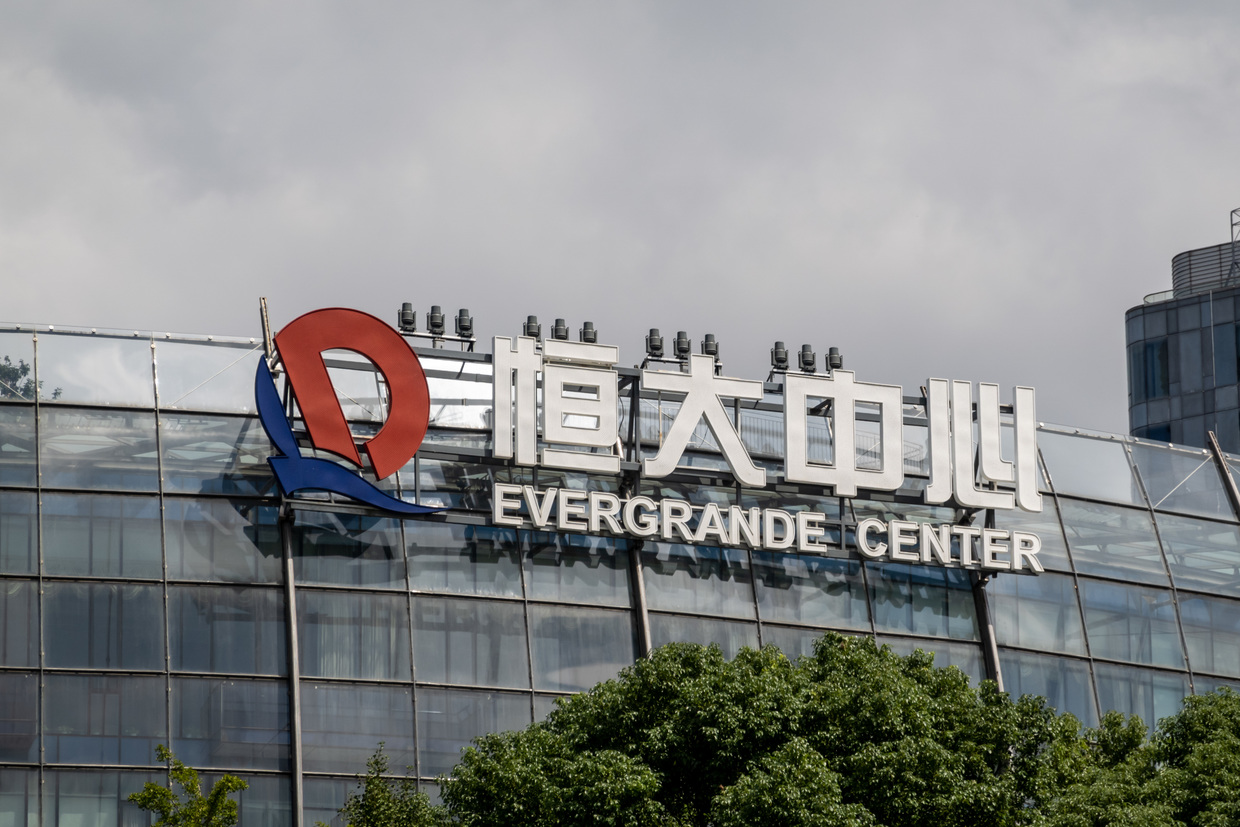
The worst outcome was avoided, yet the market is still struggling. In 2022, new home sales plummeted 23%. And that is worrying, since pre-sales accounted for 86% of Chinese developers’ funding.
Despite all of that, the government is reluctant to bail out large companies. Developers keep asking the state for help, yet no significant relief packages are coming.
According to S&P estimates made in October, Chinese developers need about $100 billion to keep operating as planned and fulfill their obligations. While the government could disburse such an amount, it would definitely be a strain, especially in the current political and financial climate.
There is also the issue of growing unemployment. It went from under 3% in 2018 to 5.5% in 2022, which means that over 70 million people in China are out of work. Things are especially dire for Chinese youth – the unemployment rate among people aged from 16 to 24 reached as high as 18%.
There are no simple solutions for these threats to long-term prosperity, yet one thing is clear: China needs its people to become richer and encourage them to spend more money. And lockdowns are detrimental to both of these goals. Millions of college graduates still can’t start their careers in earnest, with millions of new graduates joining the workforce every year.
Resolving these and many other economic challenges with increased government spending is next to impossible. China desperately needs people to earn more and spend more to maintain growth and achieve its ambitious plans set out in the “China 2035” plan. Lockdowns prevented this from happening – there is only so much an average person will invest in their future when next week they can be confined to their home for an indefinite time.
This is why no level of population control and political gains could justify prolonged support of the zero-tolerance policy. The government was merely waiting for the right moment, although it might have come sooner than was expected.
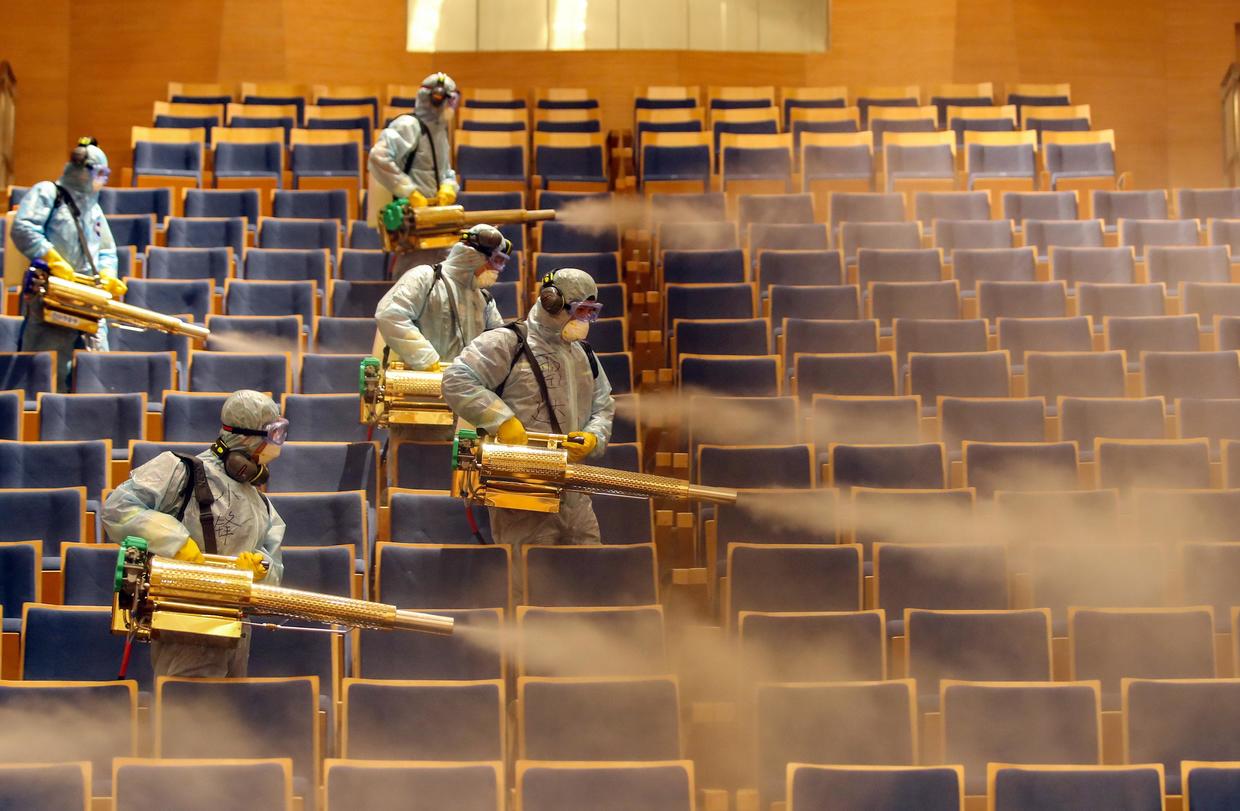
A more normal “new normal”
On December 7, the National Health Committee published its “Ten Measures,” aimed at improving the rules of fighting Covid and accelerating the safe transition to open borders and cities. The key points are:
Health codes will only be checked in places such as nursing homes, orphanages, medical institutions, child-care institutions, and primary and secondary schools. People are free to go to any other public place.
Mandatory testing will be on a smaller scale and less frequent.
Lockdowns will be limited to specific high-risk residential areas, instead of blocks or streets, and will be lifted if there are no new cases for five days.
Suspending the work of any services and businesses in low-risk areas is now forbidden.
On December 13, the ‘Travel Card’ app, which all travelers in China had to use, was disabled. The government will no longer use the app to monitor the movements of citizens. The developer also claims that all the collected user data has been automatically wiped clean.
Concerns about the possible resurgence of Covid because of China’s reopening are not unreasonable: the virus is already spreading fast. According to a recent report of the National Health Commission, 248 million people in China might have contracted Covid in December. If these numbers are correct, the infection rate is even worse than in January 2022, when up to 4 million people were infected each day. However, according to researchers at Shanghai Jiao Tong University, the worst of the new wave of the pandemic might already be over, at least in the large cities.
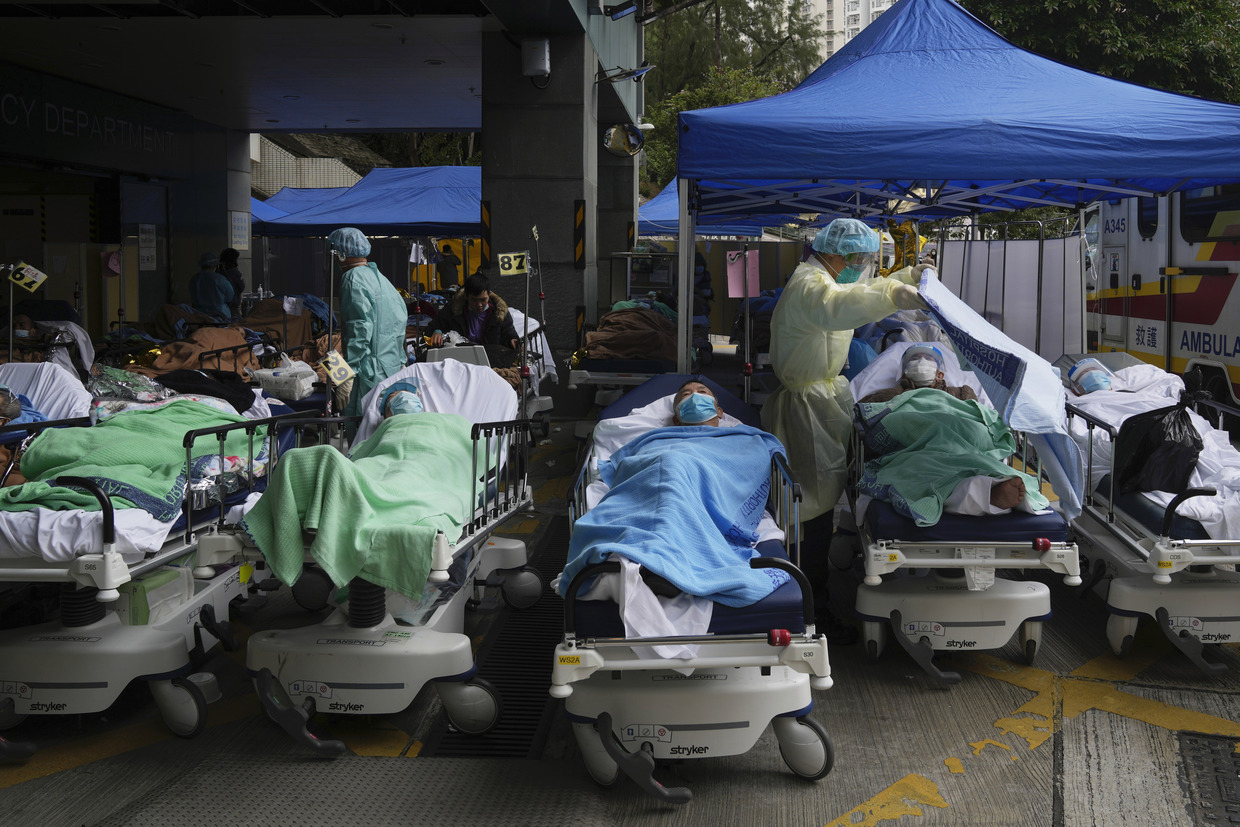
It is also worth pointing out that Western experts and media are mostly worried because they distrust the official data published by Chinese authorities. Their skepticism is not misguided, yet they also struggle to produce any credible sources with alternative data. For example, a popular Bloomberg publication about overwhelmed crematoriums is based on the words of an anonymous funeral home worker from Shanghai who happened to have been the first to pick up the phone.
What is even more important is that there is a big difference between the China of 2019 and the China of now.
Vaccines are no longer a problem. In fact, enough vaccines have been administered to vaccinate 122% of the population. New doses are being produced and delivered regularly. Over 90% of Chinese citizens have been fully vaccinated and can strengthen their immunity at any time.
The only group that is still at risk are people over 80. Only 65% of them have received their shots, which is problematic, since the virus is especially dangerous for the elderly. Many old people have underlying health conditions and they believe that their illnesses can be worsened by the vaccine. In fact, the shots are safe and can be taken with most of the underlying conditions. Nevertheless, some elderly are still wary.
There was also the issue of logistics. China prioritized getting people of working age vaccinated first, since they have to leave their homes more often. The elderly often had to wait.
The situation is now much less dire. The authorities can focus on protecting the elderly and improving the nation's immunity. A new push to get more people vaccinated has already been announced, although the corresponding official document does not go into specifics about how the authorities will go about it.

Besides, people are much more aware of the virus and of the methods of protection. Pedestrians still go about their days in masks, still take care with hygiene and still avoid unnecessary close contacts. And more freedom does not mean that people will go out of their way to get infected. As one local Twitter user pointed out: “So in Beijing, now that everyone is free to go anywhere, ppl are exercising that right by staying at home.”
The hardest test of the new lighter rules begins on January 8, when China reopens its borders. People will be able to enter and leave the country freely and, soon after that, the Spring Festival trips will begin in earnest.
Travel to and from will not be the same as before, at least at first. A number of countries, including the US, UK, France, and Spain, now have mandatory testing of everyone arriving from China to prevent the virus from spreading further. However, even if the number of daily cases rises for a short time, the world is much less vulnerable to Covid now.
China will still need to carefully weigh each step on its path towards the pre-pandemic normal. The rules might change once again and there might be setbacks or new local lockdowns. However, the process of making life easier and more predictable for a large part of the world has begun.
The protests might have brought these changes about sooner than expected, or they might have simply happened at the right time. Whatever the case, China was bound to change its policy sooner or later. After all, no emergency can last forever.
